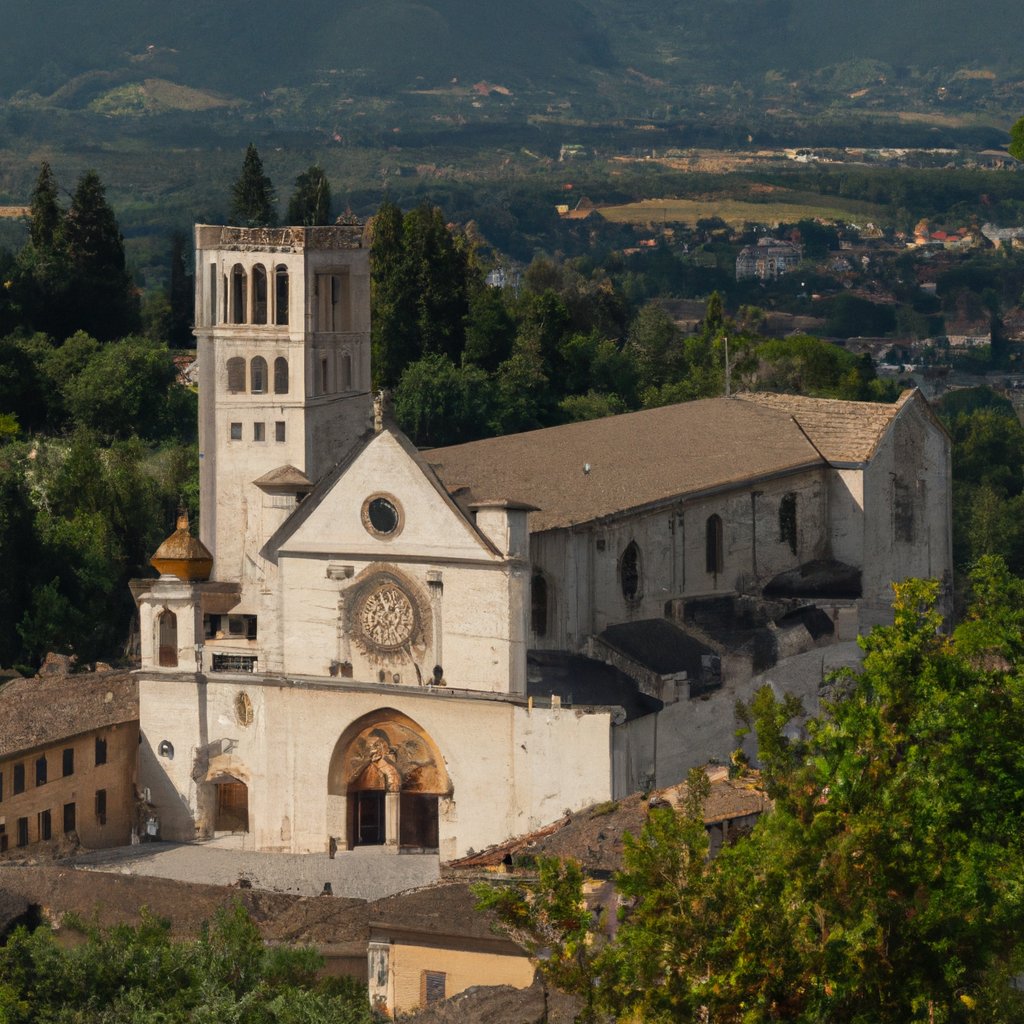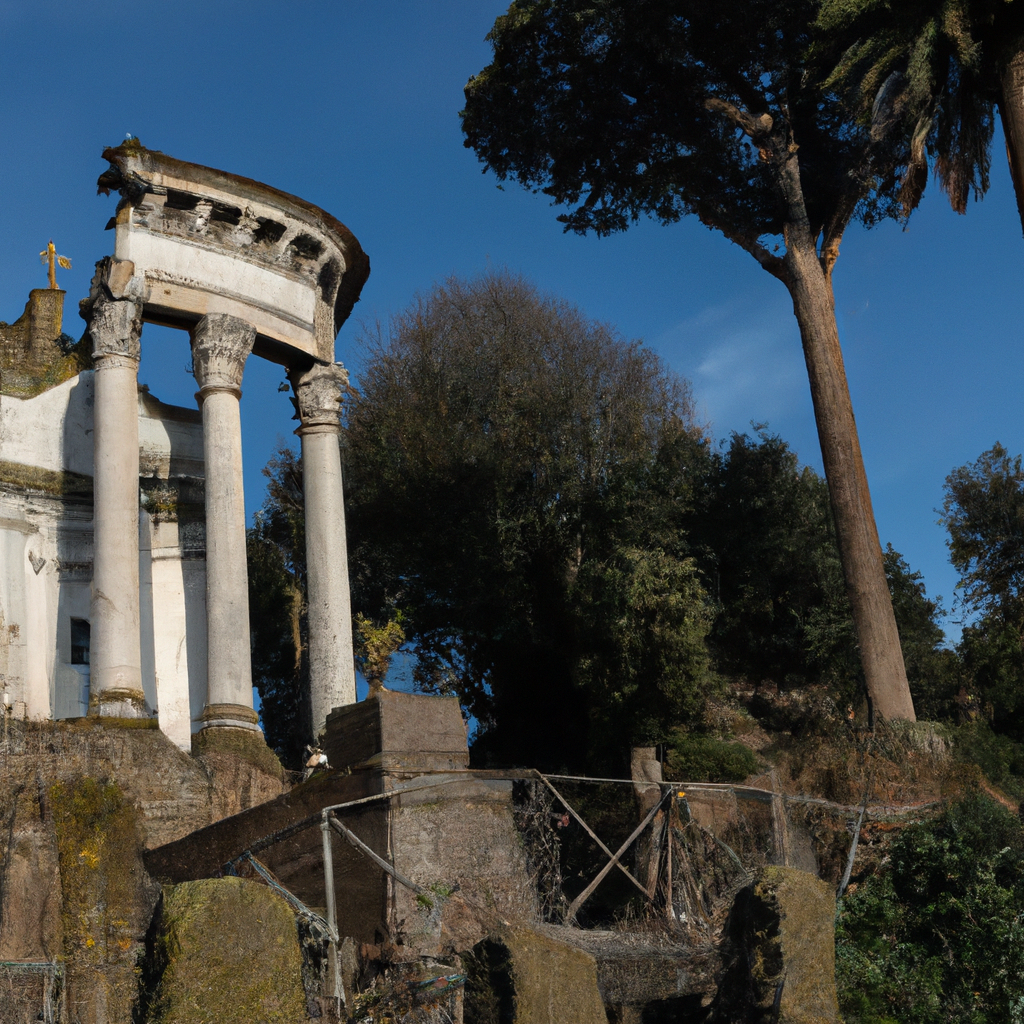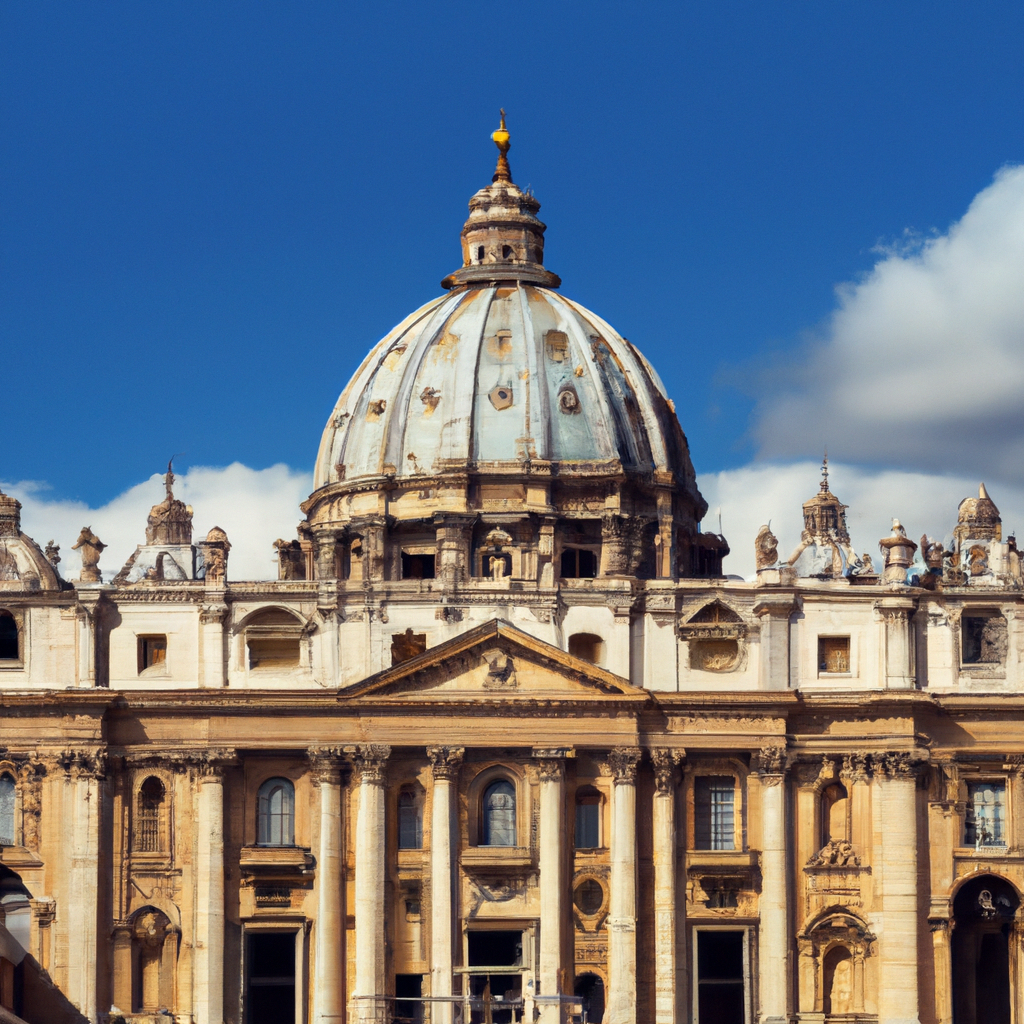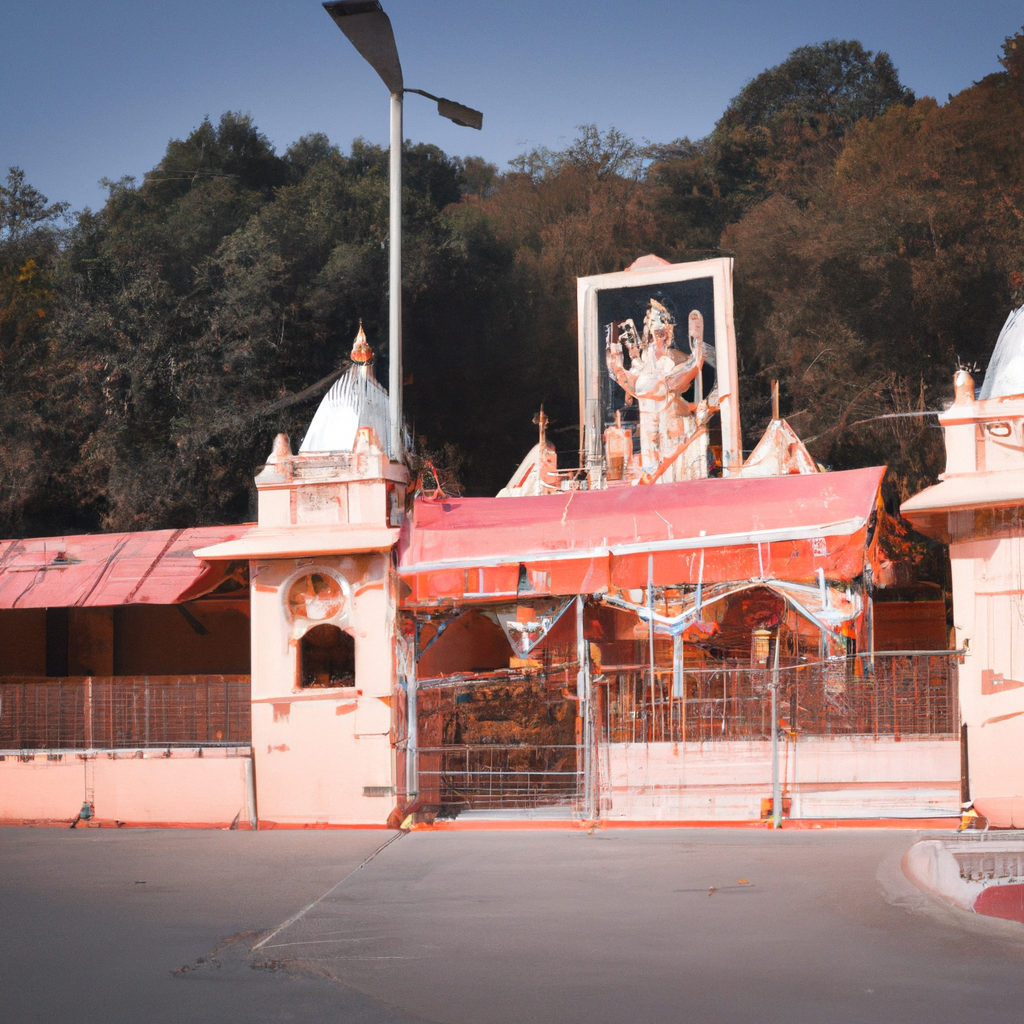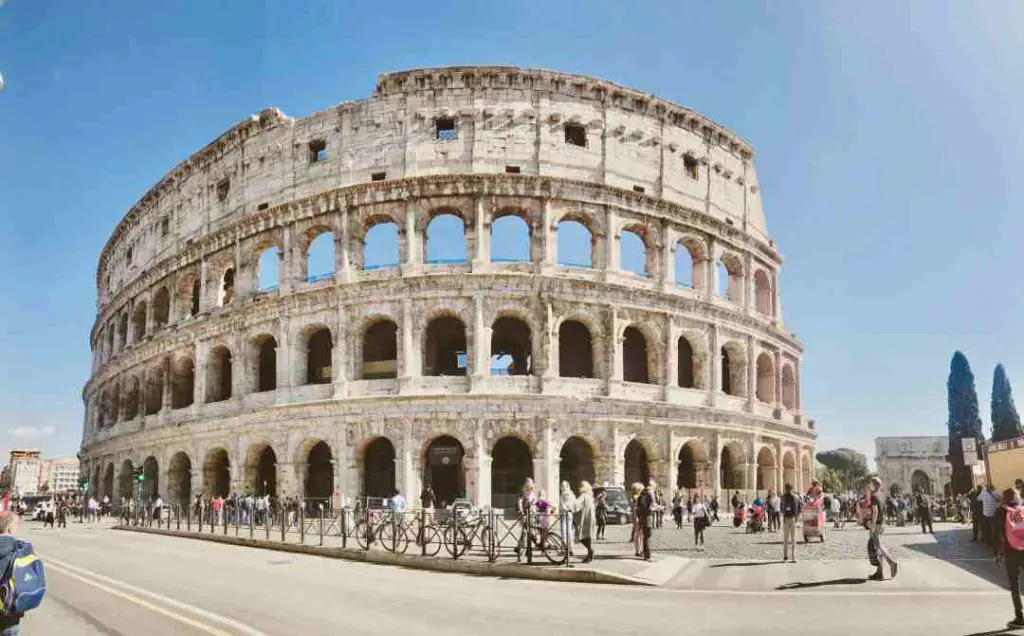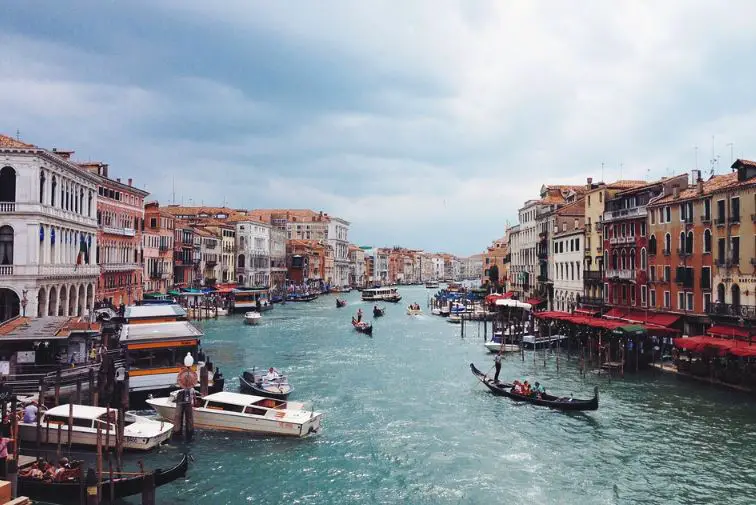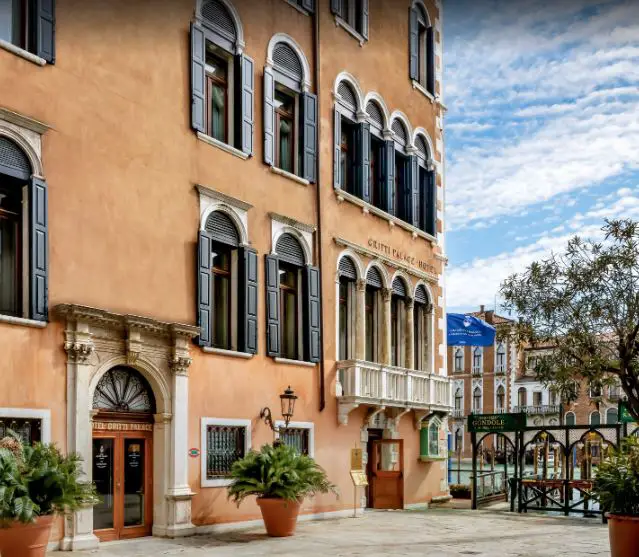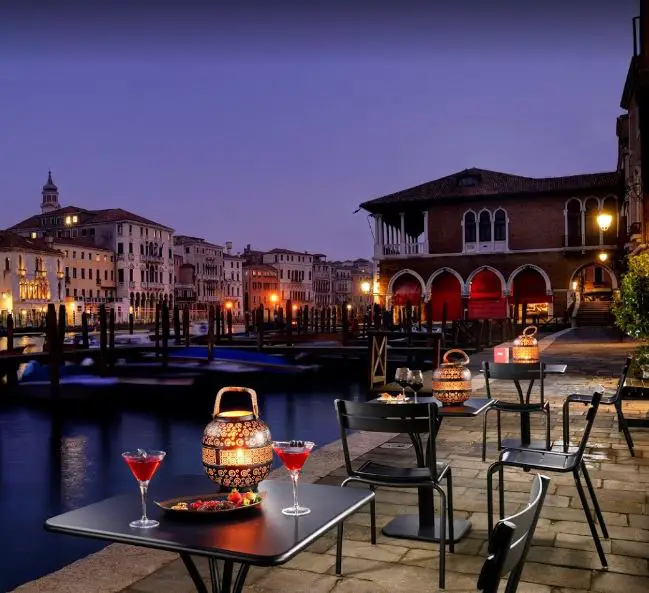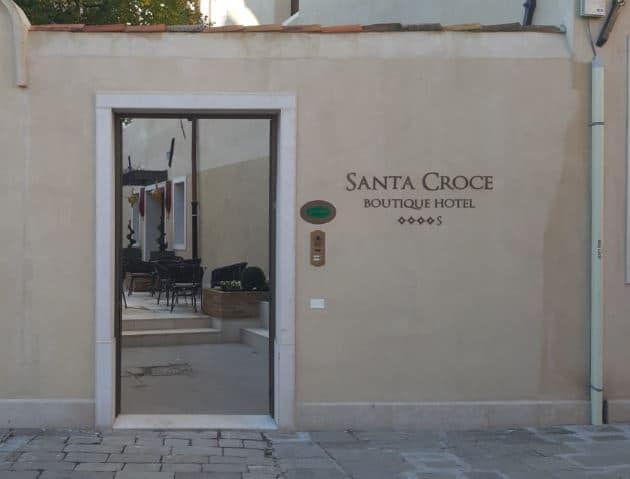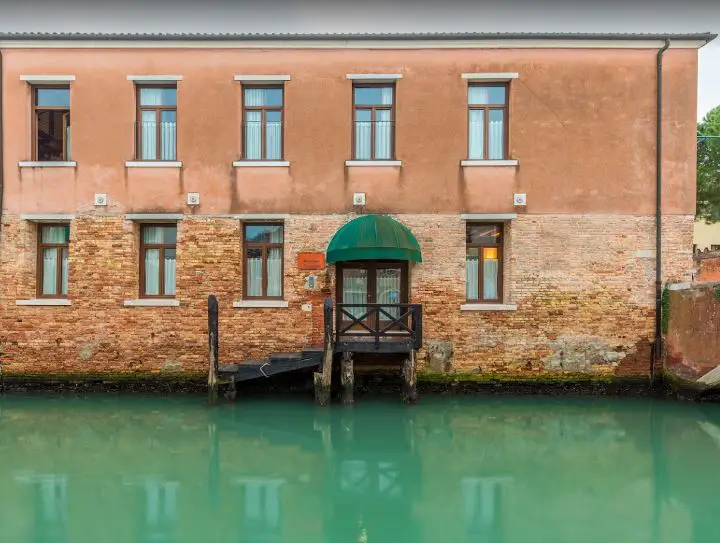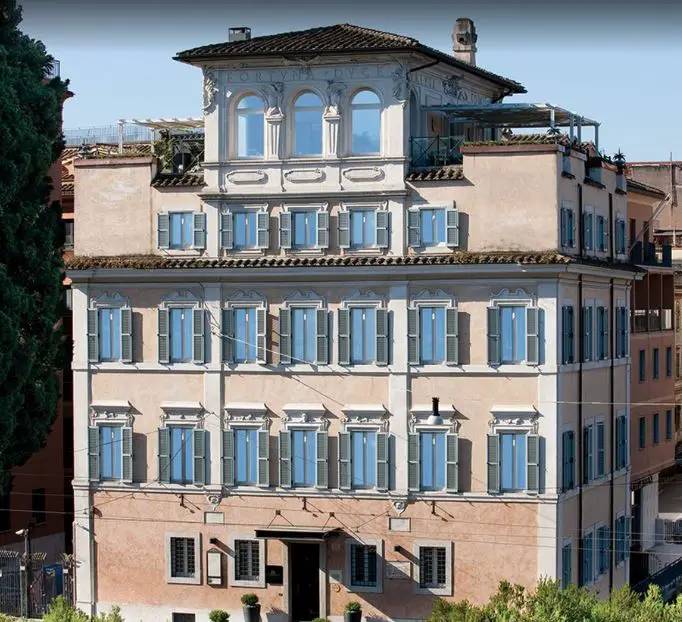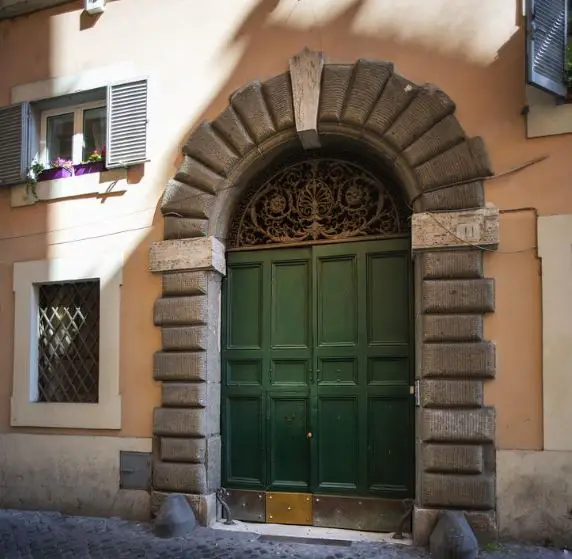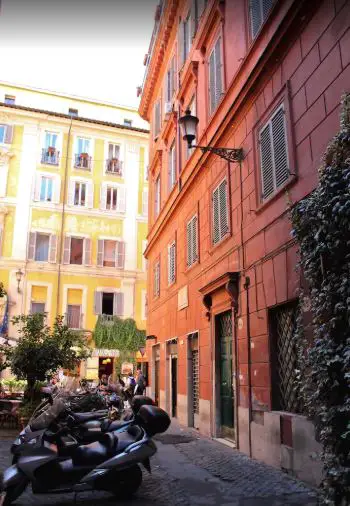Roman Forum In Italy: Overview,Prominent Features,History,Interesting facts
Overview:
The Roman Forum was a center of public life in ancient Rome. It was located in the city of Rome and contained many important government buildings, temples, and public meeting places. It was first developed during the reign of Julius Caesar and became the main center of Roman political, economic, and social life for centuries. The Forum was the site of elections, legal proceedings, public speeches, and triumphal processions. It also housed a variety of religious shrines and monuments dedicated to the gods of Rome and its imperial cult. In the Middle Ages, the ruins of the Forum were largely lost and forgotten. In the 17th century, new excavations and restorations rediscovered the Forum's ruins and ensured its legacy. Today, the Roman Forum is a major tourist attraction and one of the most important archaeological sites in Italy. It is one of the most beautiful monuments in Italy
Prominent Features:
1. The Temple of Julius Caesar – built in honor of Julius Caesar, the Temple of Julius Caesar contains the altar in which Julius Caesar's ashes were placed. 2. The Arch of Septimius Severus - built in 203 AD during the reign of Septimius Severus, the Arch of Septimius Severus stands as a solemn reminder of the Roman Empire's strength and stability. 3. The Mamertine Prison – built in the late 1st century BC, this prison was the place where St. Peter and St. Paul were imprisoned. 4. The Column of Phocas – built in 608 AD, this towering column stands as a reminder of the power of the Roman Empire. 5. The Roman House of the Vestals – built in 7 BC, this was the home of the Vestal Virgins who were the guardians of the sacred flame of Vesta. 6. The Palatine Hill – one of the seven hills of Rome, the Palatine Hill served as the residence of Rome's first Emperors and contains the remains of an imperial palace. 7. The Temple of Saturn – built in 497 BC, this temple was dedicated to the god Saturn and was where the emperor's riches were stored. 8. The Temple of Vesta – built in 713 BC, the Temple of Vesta was dedicated to Vesta, the goddess of the hearth. Here, the sacred flame of Vesta was kept and tended by the Vestal Virgins. 9. The Arch of Titus – built in 81 AD, the Arch of Titus was built to commemorate Titus' victory during the Siege of Jerusalem. 10. The Basilica of Constantine – built in 312 AD, the Basilica of Constantine is a large complex of columns and chambers built to honor the Emperor Constantine and the Christian religion. You can learn history, culture, and heritage through these magnificent monuments in Italy.
History:
The Roman Forum was the center of the Roman Empire during its heyday from the sixth century BCE. Its origins lie in a series of open-air markets and religious shrines, called an “area templi.” Over time, these would become political meeting places, hosting court sessions, assemblies, triumphal processions, and other ceremonial events. The Forum grew to take up much of what is now the city of Rome. Buildings from several different phases of classical Roman architecture can still be found among its ruins, including the Temple of Vesta, the Temple of Castor and Pollux, and the Basilica Aemilia. The Forum also played a major role in Roman religious life, with Temple of Venus and Rome, the Temple of Saturn, and the Temple of Vesta, among others, hosted religious festivals, sacrifices, and other ceremonies. The Roman Forum is one of the most important sites for understanding the history of the Roman Empire in Europe. It was finally abandoned in the fifth century CE, after the imperial capital was transferred to Constantinople and Rome began its decline. Its importance in Roman culture, however, remains undiminished. Visit one of the famous monuments of Italy with your friends and family.
Interesting facts:
1. The Roman Forum was a marketplace for goods, political meetings, public speeches, and even religious ceremonies. 2. It was first established as a small marketplace by King Romulus in the 8th century BC and then enlarged by Julius Caesar in 44 BC. 3. The forum was the business hub of the Roman Republic and the Roman Empire and was the center of Roman law and religion. 4. The Roman Forum contains many ruins and monuments, such as the Temple of Saturn, the Temple of Vesta, the Arch of Titus, and the Temple of Castor and Pollux. 5. The fabled area known as the Cloaca Maxima (Great Drain) was also part of the Forum area and was the sewer system of ancient Rome that included propulsion and drainage. 6. The Roman Forum was strategically located between three of the seven hills of Rome, and it’s said that when it was filled with people it was difficult to see one side from the other due to the sheer number of people. 7. The Roman Forum was home of the first Roman Senate, where people could gather and discuss political ideas, the Forum was also the first place horse racing was introduced to Rome. 8. The Roman Forum was also the place Julius Caesar was murdered, and the spot where his body was cremated. 9. The Roman Forum also held the Triumphal Procession in 44 BC, it was a celebration of Julius Caesar’s victory over the Pompeians. 10. In Medieval times, the Roman Forum was used as a cemetery, and it wasn’t until 1820 when Pope Pius VII ordered its excavation. One of the historical monuments of Italy, it tells the story of a bygone era
Explore Italy most popular tourist destination with us. Roman Forum In Italy: Overview,Prominent Features,History,Interesting facts,which is 35.14 km away from Italy main town, is the most popular destination to add in your travel wishlist.
-
City:
Italy
-
state:
Rome
-
country:
IT
-
country code:
Italy
-
postcode:
00186
Location:
Rome IT

 - Florence In Italy.png)
